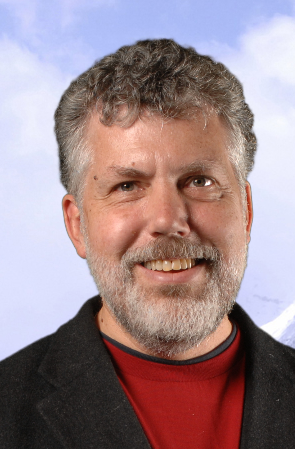- Home
- About Us
- The Team / Contact Us
- Books and Resources
- Privacy Policy
- Nonprofit Employer of Choice Award

 How far can one telemarketer and a heartstrings-tugging story go? The answer may surprise you.
How far can one telemarketer and a heartstrings-tugging story go? The answer may surprise you.
Last December, a judge convicted John Donald Cody of defrauding the public of $100,000,000 by posing as the president of a navy veteran’s association. That one person could engineer a fraud on this scale in the era of internet searches and instant communication is mind boggling.
There are no statistics that show just how much money was collected by the telephone solicitors acting on Cody’s behalf, but based on a notional average donation of $20, five million people were taken in or browbeaten into giving money. Money that might otherwise have gone towards real charitable work—instead of lining the pockets of a criminal.
The red flags were there. The people listed on the organization’s government filings could not be located. The mailing addresses were rented post office boxes, or they didn’t exist. The administration expenses were much too high. It took an investigative reporter tracking down political donations, and asking the right questions, to bring down this house of cards.
After that, a series of brazen lies: an audit report signed by a non-existent professional accountant, a fake accreditation by an organization that evaluates nonprofits, and pictures with public figures who would later deny knowing the organization.
What about Canada?
This fraud happened in the US, but could it happen in Canada? According to the Ottawa police, about 20 per cent of Canadians are victims of charity fraud. There are many websites designed to give donors the right questions to ask and the right sources to check.
Still, people continue to receive telephone calls from those claiming to represent police associations or non-existent charities, such as the Wish Kids Foundation (tapping into the credibility of the Children’s Wish Foundation).
It can be years before fraudulent activities surface, and the perpetrators caught and sentenced. Government regulation and enforcement are necessary steps, but with such a small number of audits happening each year, the problem goes beyond the resourcefulness of regulatory bodies. The charitable sector needs to take positive steps to protect itself.
Every dollar solicited by a fraudulent organization is a dollar taken away from important legitimate programs. We all need to help by publicizing this problem and helping our donors protect themselves. Of course, the best advice applicable to everyone is to donate only to charities you know. The more involved you are in the charity, the more assurance you have that your money will be deployed the way you want.
If your charity never uses telemarketers, say so on your website. Give your potential donors a way to contact your organization directly to verify that they are being approached by a legitimate representative. And keep scouring the internet for others attempting to steal your corporate identity.
One hundred million dollars is a lot of money. Just think what good it could have done for the veterans it was meant for.
Bill Kennedy is a Toronto based Chartered Accountant with Energized Accounting, focusing on financial and reporting systems in the charitable sector. He blogs at www.EnergizedAccounting.ca/blog/. Find out more at www.EnergizedAccounting.ca; follow Bill @Energized